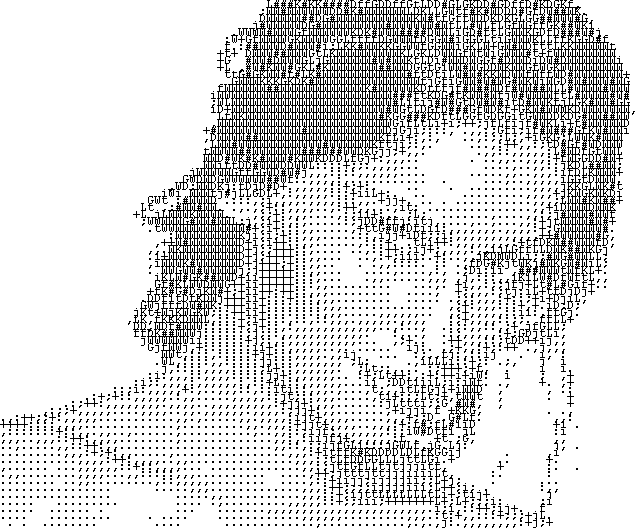

RTTY stands for Radioteletype character sets such as Baudot code, which predated ASCII, were used. TTY stands for "TeleTYpe" or "TeleTYpewriter", and is also known as Teleprinter or Teletype. Since 1867, typewriters have been used for creating visual art.

ASCII art was also used in early e-mail when images could not be embedded.Ī portion of the Brooklyn Daily Eagle, 6 January 1875, showing advertisements made from typewriter art. Also, to mark divisions between different print jobs from different users, bulk printers often used ASCII art to print large banner pages, making the division easier to spot so that the results could be more easily separated by a computer operator or clerk. ĪSCII art was invented, in large part, because early printers often lacked graphics ability and thus, characters were used in place of graphic marks. "Studies in Perception I" by Ken Knowlton and Leon Harmon from 1966 shows some examples of their early ASCII art. Most examples of ASCII art require a fixed-width font (non-proportional fonts, as on a traditional typewriter) such as Courier for presentation.Īmong the oldest known examples of ASCII art are theĬreations by computer-art pioneer Kenneth Knowlton from around 1966, who was working for Bell Labs at the time. ASCII art can be created with any text editor, and is often used with free-form languages. The term is also loosely used to refer to text-based visual art in general. Dag Hammarskjöld, printout from teleprinter 1961-62ĪSCII art is a graphic design technique that uses computers for presentation and consists of pictures pieced together from the 95 printable (from a total of 128) characters defined by the ASCII Standard from 1963 and ASCII compliant character sets with proprietary extended characters (beyond the 128 characters of standard 7-bit ASCII).


 0 kommentar(er)
0 kommentar(er)
